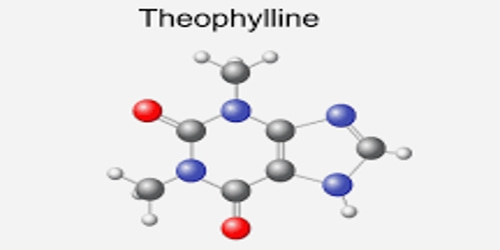Seizures, also known as epileptic seizures or convulsions, are sudden disruptions in the brain’s normal electrical activity. They can manifest in various forms, ranging from brief periods of unconsciousness or confusion to uncontrollable muscle spasms and convulsions.
According to a study published in the online edition of Neurology®, the medical journal of the American Academy of Neurology, on November 16, 2022, patients with a COVID-19 infection are more likely than those with an influenza infection to experience seizures or epilepsy within the next six months.
The increased risk was more noticeable in children than adults. It was also more noticeable in people who did not need hospitalization for COVID-19 infections.
“While the overall risk of developing seizures or epilepsy was low less than 1% of all people with COVID-19, given the large number of people who have been infected with COVID-19, this could result in increases in the number of people with seizures and epilepsy,” said study author Arjune Sen, MD, PhD, of the University of Oxford in England. “In addition, the increased risk of seizures and epilepsy in children gives us another reason to try to prevent COVID-19 infections in kids.”
Researchers examined a network of health data for persons with COVID-19 infections for the study. They were matched with individuals who had an influenza diagnosis around the same time and who shared characteristics including age, sex, and other medical issues.
While the overall risk of developing seizures or epilepsy was low less than 1% of all people with COVID-19, given the large number of people who have been infected with COVID-19, this could result in increases in the number of people with seizures and epilepsy. In addition, the increased risk of seizures and epilepsy in children gives us another reason to try to prevent COVID-19 infections in kids.
Arjune Sen
None of the subjects had ever received a previous epilepsy or recurrent seizure diagnosis. The following six months were then monitored by the researchers to see if anyone experienced seizures or epilepsy.
There were 152,754 people in each of the COVID-19 and influenza groups.
Over the following six months, persons with COVID-19 had a 55% higher risk of developing epilepsy or seizures than those with influenza. In those who had COVID-19, the rate of new cases of epilepsy or seizures was 0.94%, compared to 0.60% in those who had influenza.
“People should interpret these results cautiously since the overall risk is low,” Sen said. “We do, however, recommend that health care professionals pay particular attention to individuals who may have more subtle features of seizures, such as focal aware seizures, where people are alert and aware of what is going on, especially in the three months following a less severe COVID-19 infection.”
The inability of the researchers to pinpoint the precise virus variants people had led to a study constraint that might have affected the findings.
The British National Institute supported the study for Health and Care Research Oxford Health Biomedical Research Centre.
















